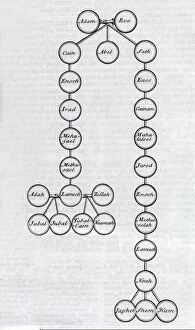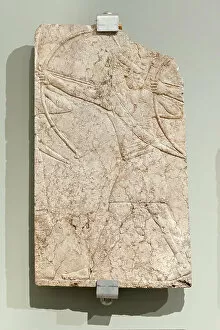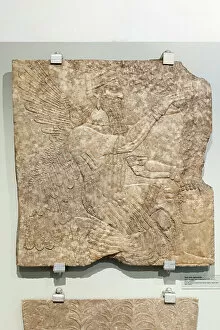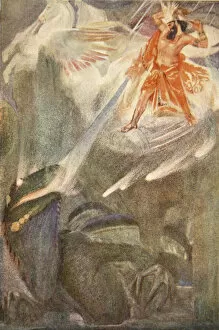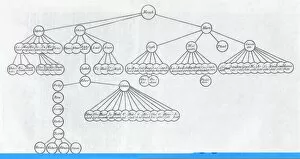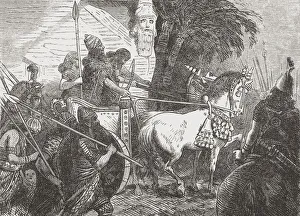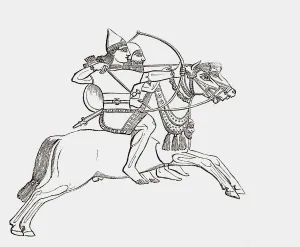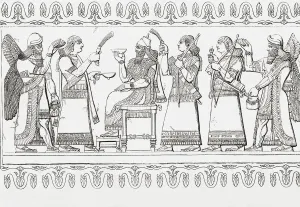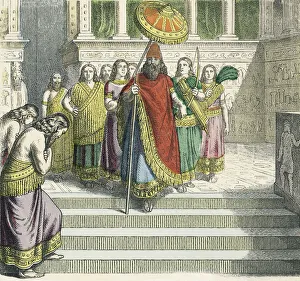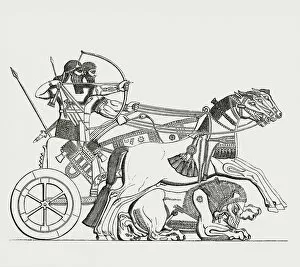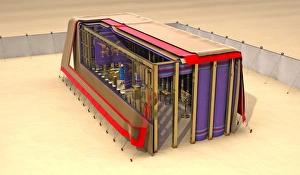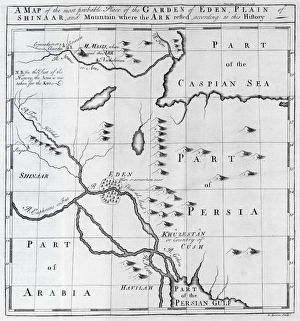Ancient Near East Collection
"Exploring the Ancient Near East: A Glimpse into a Rich and Powerful Civilization" Step back in time to the reign of Ashurnasirpal II
All Professionally Made to Order for Quick Shipping
"Exploring the Ancient Near East: A Glimpse into a Rich and Powerful Civilization" Step back in time to the reign of Ashurnasirpal II, where Assyrian archers skillfully shoot arrows, showcasing their military might. The Neo Assyrian Empire rises, leaving an indelible mark on history. Witness the awe-inspiring presence of a kneeling winged deity carved from alabastrine limestone during Ashurnasirpal II's rule. This artwork reflects their deep religious beliefs and reverence for divine beings. Delve into captivating myths and legends with illustrations from Lewis Spence's book on Babylonia and Assyria. Immerse yourself in vivid color lithographs depicting "The Murder of Setapo, " "Mighty was he to look upon, " "Daniel interprets the dream of Nebuchadnezzar, " "Tiglath-Pileser I directed by Ninib, " "The Mother Goddess Ishtar, " "Sacrificing to Bel, " and more. Marvel at the capture of Sarrapanu by Tiglath-Pileser II as depicted in Spence's work, offering glimpses into historical conquests that shaped empires. Behold the grandeur of King Sargon II's palace at Khorsabad, adorned with magnificent winged bulls guarding its entrance. These sculptures symbolize power and protection within ancient Mesopotamian society. Lastly, explore an 18th-century family tree tracing Adam and Eve's lineage—a testament to how ancient narratives continue to influence our understanding of human origins today. Join us on this journey through time as we unravel mysteries, admire artistic masterpieces, and gain insights into one of humanity's most fascinating civilizations—the Ancient Near East.

